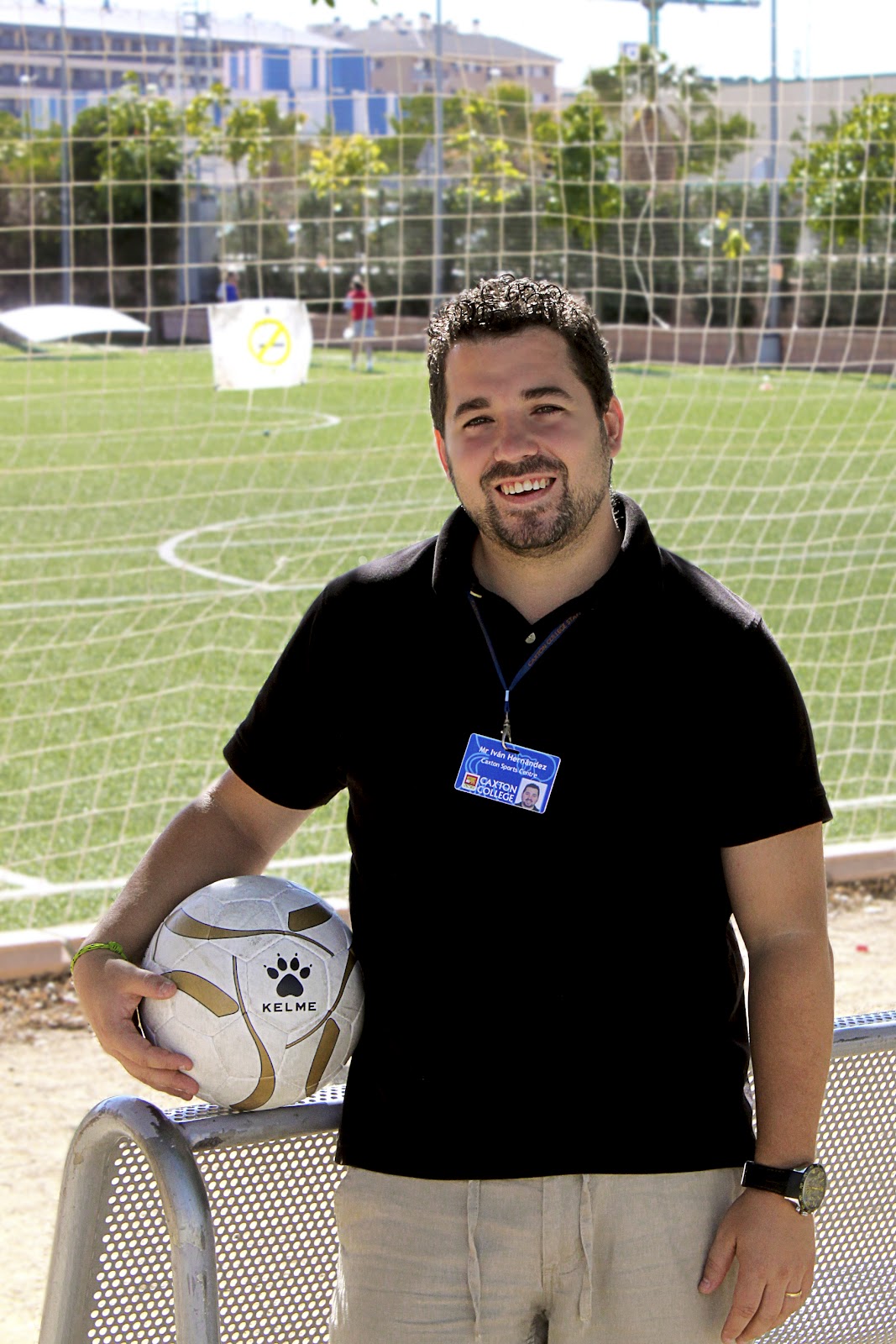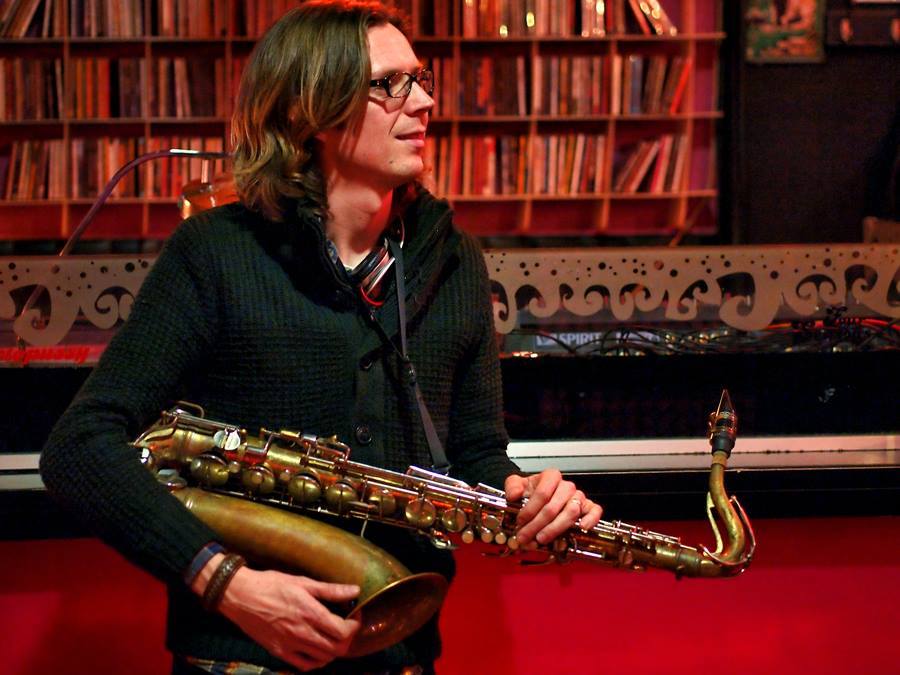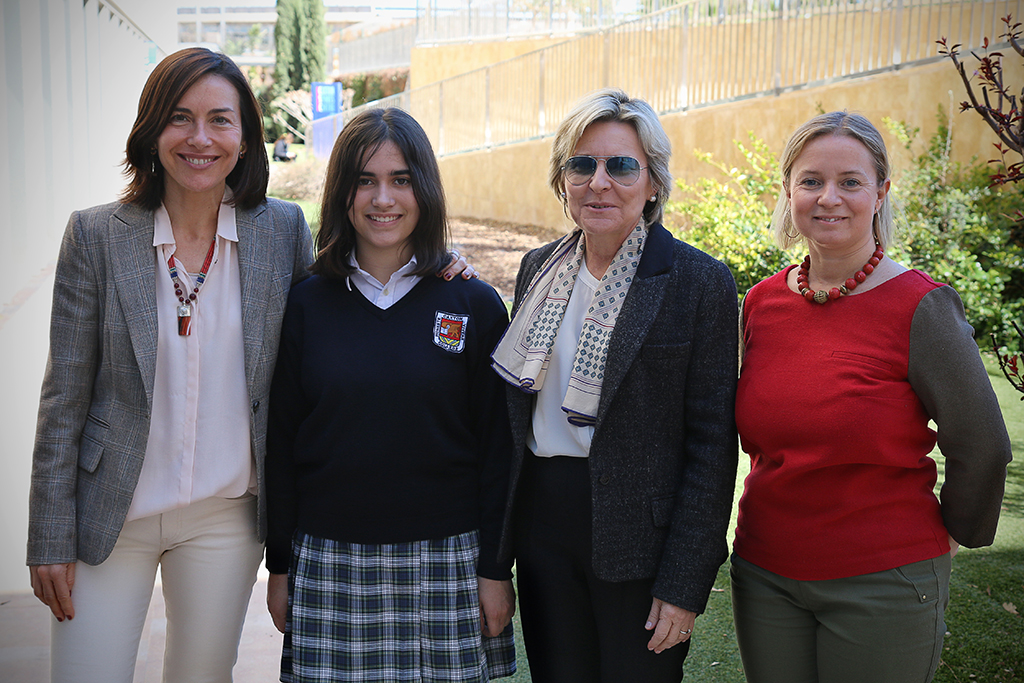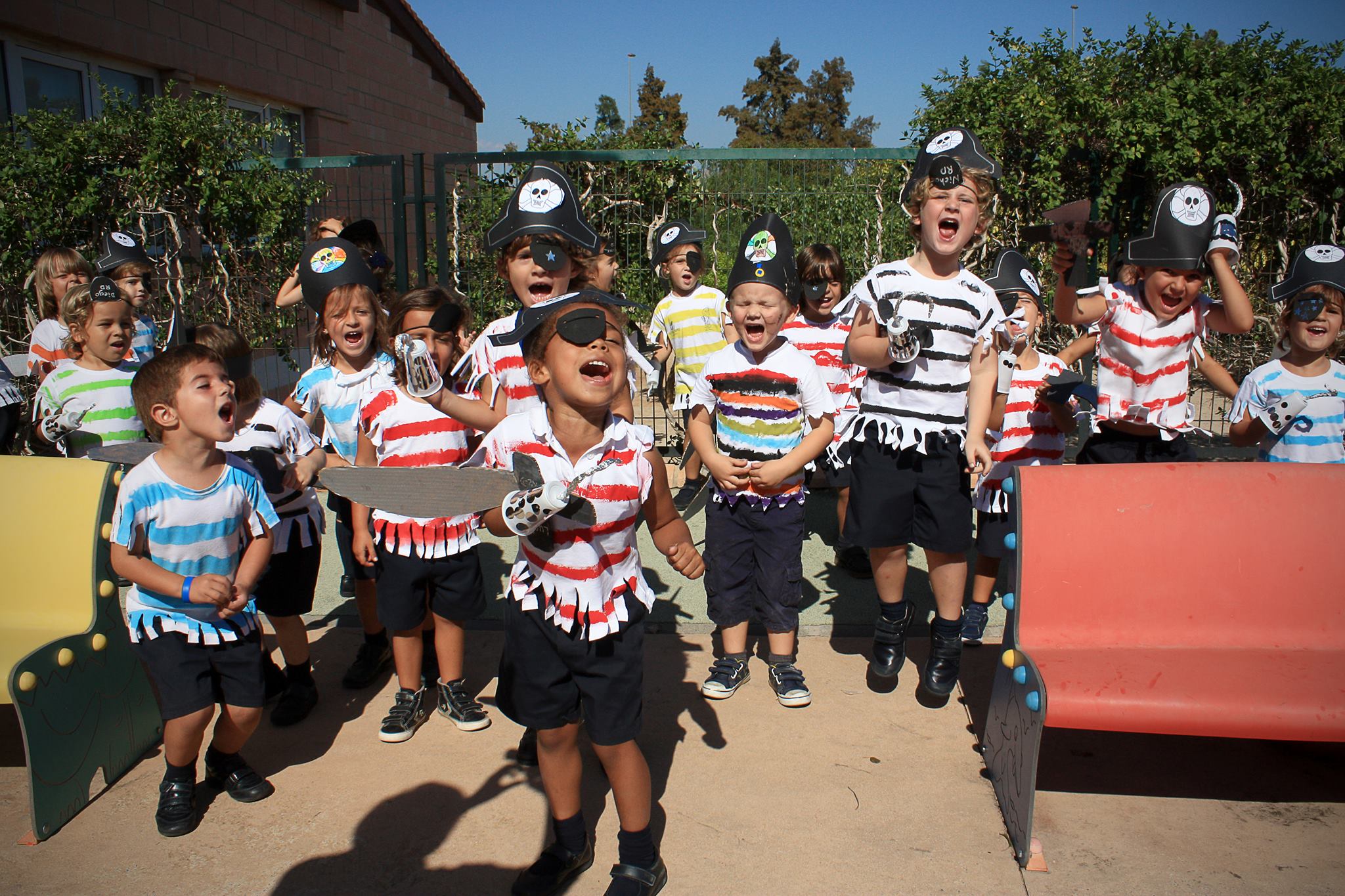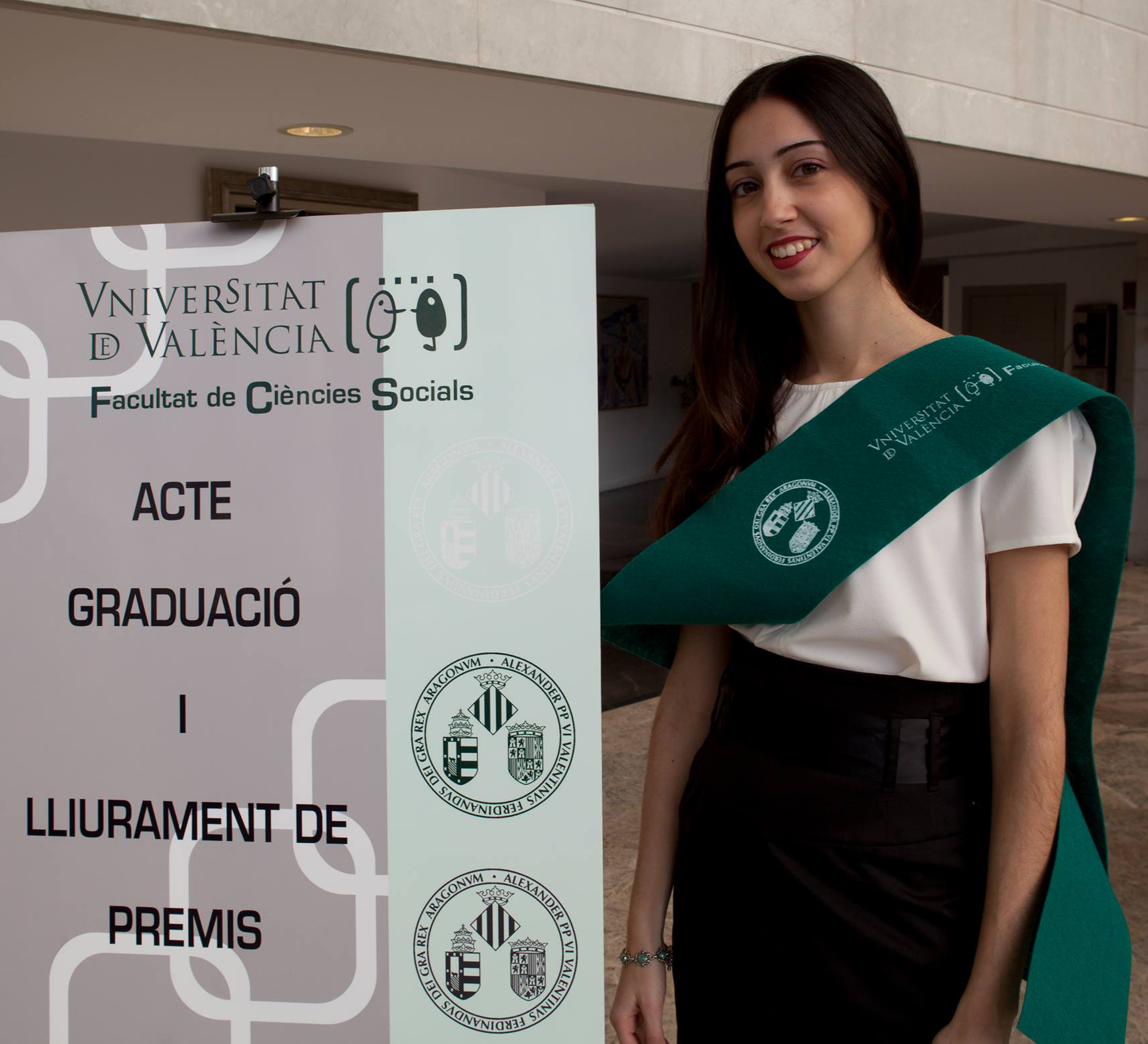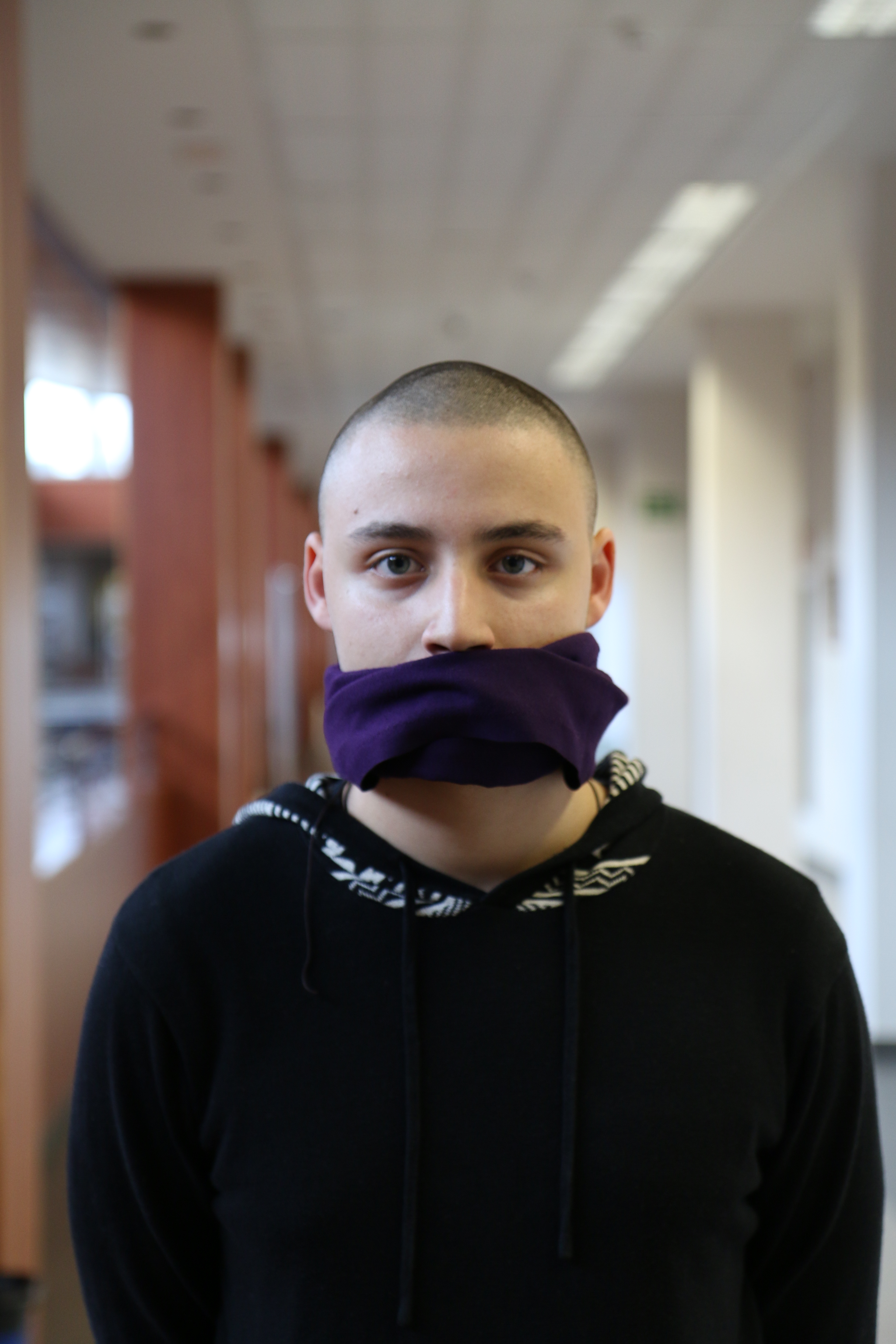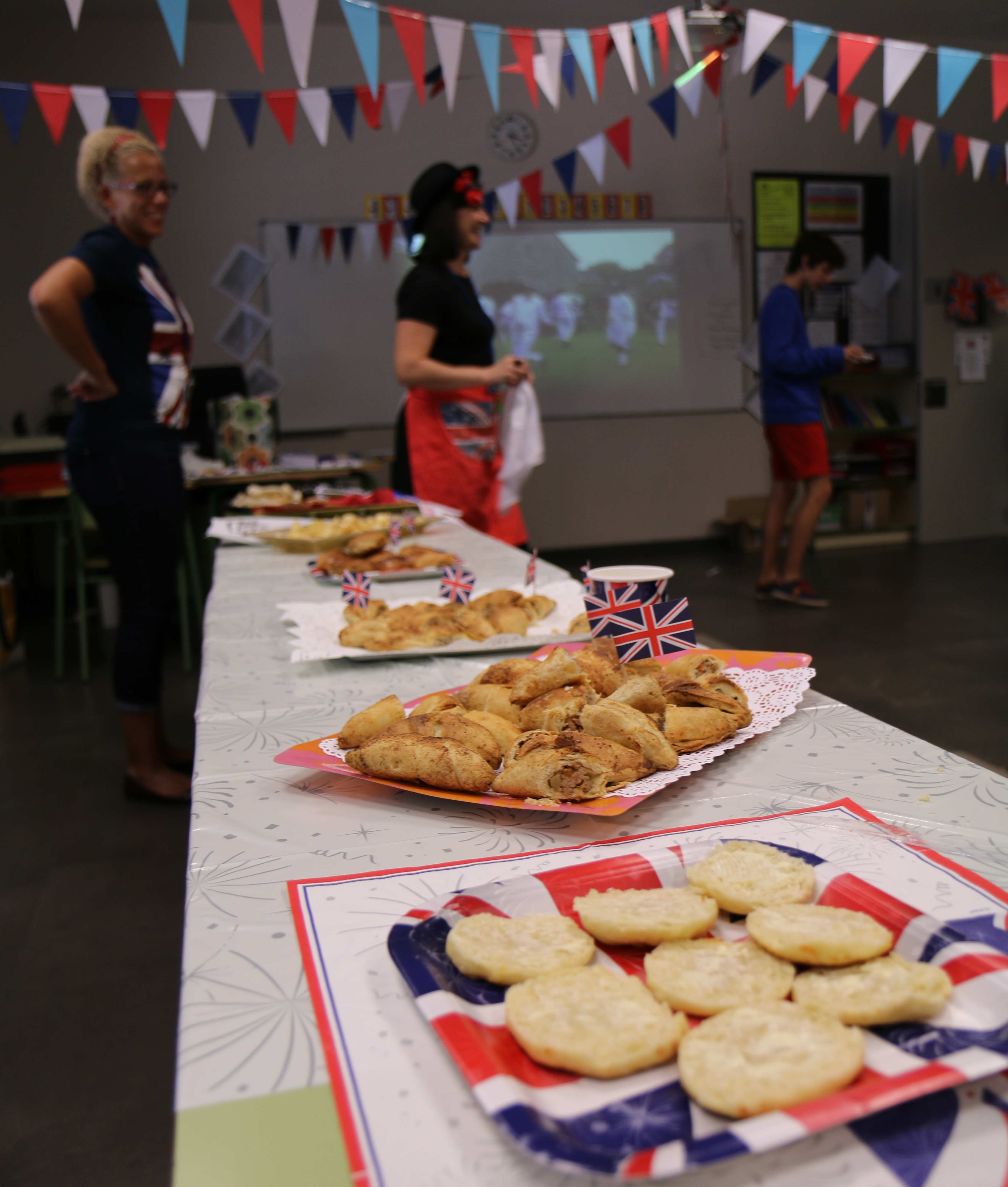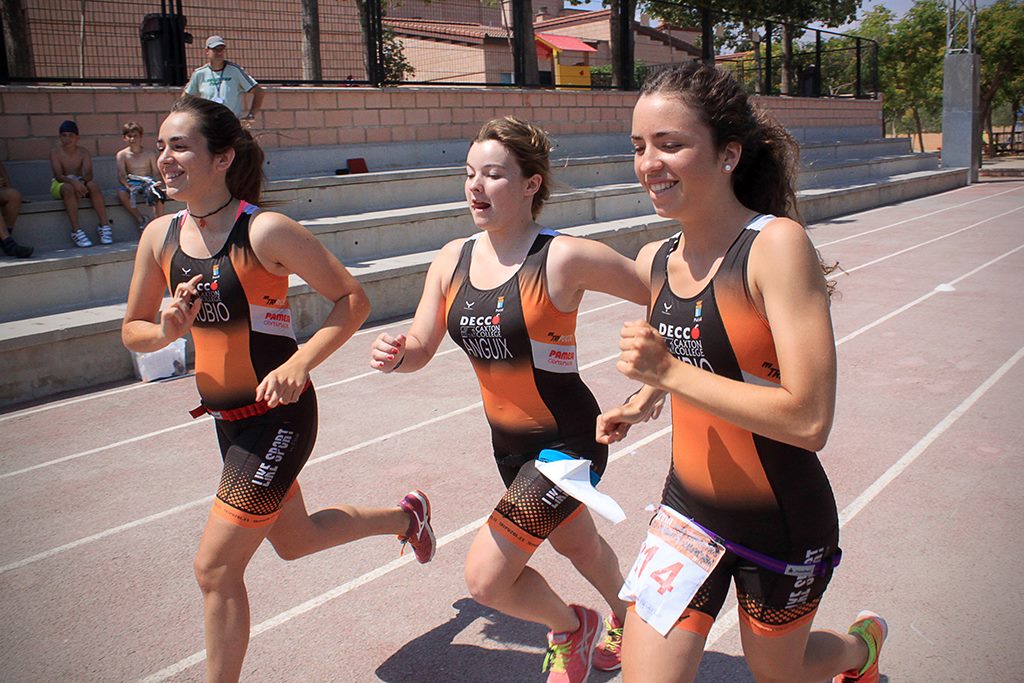Lily Niederhofer, who came to Caxton College from Schule Schloss Salem (a prestigious school in Germany) on a student exchange program, recently gave a presentation on her experience to her school which we would like to share with you.
My Exchange 2012♥
My Exchange to Valencia in Spain started on the 8th of January and I stayed until the 1st of April. I lived in the House of a Host family. Before I left the plane I was really nervous and I thought what could happen. Maybe the family wouldn’t like me or they expected someone else.
But everything turned, when I went through the door into the Waiting room of the Flight Arrivals and my Host family was there and they had a shield with my name in the hand. From that moment everything changed and the nicest three months in my life started.
The first few days were very confusing for me because I ate in different times, went to bed very late and the school was very different to my school in Salem. The Spanish people have a different rhythm of life, because especially in summer it is too warm to work during the day and therefore they start to work in the early morning and the late afternoon. Dinner is usually eaten at about 9:30 p.m. A time I would already be in my bed in Germany. In Spain I went to bed at 11:30 pm.
My Family lived in a nice yellow house in a little town called El Puig which was 20 mins away from the centre of Valencia. I had two Host sisters who are called Maria Pilar and Marta. Maria Pilar is 13 and has the nickname Mapi and Marta is 11. They were really nice. The most of the time I was with Mapi.We are best friends and became kind of sisters. My host parents were really nice. The time when the girls and I went to school they both went to their jobs. My Host dad was a Doctor and my host mum a lawyer.
My school was 10 mins car drive from the house were I lived. Caxton College is in a Place called Pucol and that is 20min away from the Centre of Valencia. The Campus of the school is really nice. It has one building for the secondary students and one for the primary students, three pitches for sports and two swimming pools. The primary school is from year 1 until year 6 and the secondary is from year 7 until year 13. All of the students have to wear a school uniform which is a blue sweater, a white blouse and for the boys blue trousers and for the girls a skirt with green, blue and white stripes. They look like Scottish kilts.
My first day in school was really good. The people were really nice and polite and I liked them from the start. I thought I would sit alone in the first day but every time I sat down a crowd was around me and asked me what my name is or how Germany is. The Spanish people are very open and communicative. The timetable of the school was really different to the one of Salem. We had to be in school at 9.20 a.m. and the lessons started at 9.45 a.m.. We also had two breaks one time at 11.20 am and lunch break at 14.10 pm. Before I came to Caxton I had to choose some Objectives and I chose Art, History and English Literature. Art was so different than in Germany it was really hard because I had to do a sketchbook about Icons and the most Homework that I had was in Art. In History we learnt how Hitler became a dictator, how the second world war started and the holocaust. I helped to pronounce the German Names and although it was a serious subject we laughed a lot. In English Literature I learned much about poems and Shakespeare.
One time we had a sports day in Caxton and the year groups played football and handball against each other. In my year group my class team of girls won every game and I had a lot of fun. The school ended everyday at 16.50 and after that I went home. Only on Tuesdays and Thursdays I went to triathlon with my host sisters. We went running, cycling and swimming. After Triathlon we ate Tortilla de Patata most of the time. That is an omelette with pieces of potato.
My mother cooked really well and every Sunday it was tradition in my house to eat paella. Paella is a rice meal with chicken and vegetables and it is really tasty. It is made in a big pan and up to 20 people can eat from one pan. Paella is probably eaten so much because Valenciais an area where the farmers grow rice. The technic was brought to Spain by the Moors, who occupied the South of Spain until the Reconquista. On the weekends I always met with friends or went to the houses of the Grandmother and Grandparents of my family. The Grandparents lived in a village Castellon and had a big farm with lots of Olives and Oranges.
With my friends I went to Valencia and we met in starbucks or we went to the small town of El Puig. My friends there were so nice and I miss them a lot.
My favourite experience in Valencia was the Fallas. My family is involved in this tradition since my host sisters are little. The story of the fallas started in the 18th century. Carpenters started to burn little figures of wood to dispel the winter. But the Spanish people also dedicated the fiesta to the holy Joseph the father of Jesus. Joseph also was a carpenter and in Spainhe is a guardian. So the women started to wear long dresses and kind of crowns for the hair to look a bit like Virgin Mary. This year I was part of the fallas and it was amazing. I was wearing a dress, because my family had one left for me and refitted it for me. At the hairdresser we needed 1 hour to do my hair with the crown and the hairjewelry. We went to the ofrenda (sacrifice) in Valencia and brought flowers to the church .We went on a red carpet and everybody wanted to make pictures of us. I really felt like a bit like a movie star. Nowadays the little figures have become very big buildings a bit like those in Cologne or Mainz. Huge Cartoons made of wood, plastic and paint that are little stories of political incidents or this year mainly the economical crisis Spain is in. On the last of Fallas (shortly before Easter) the crowds burn the figurines. And inside the figurines are fireworks. The burning is called crema. Only the nicest figurine of each annual fallas is spared and comes in a museum. The atmosphere and the firework of the fallas was one of the nicest experiences of the exchange.
I realized even if you are only 1000 kilometresfrom home the culture is totally different. Spain is influenced strongly by religion and the weather. Today everyday life is evolving around the financial problems. My host parents are saying, that Spain has turned into a poor country. Ín the past Spainwas a strong and proud economy. Many shops in shopping centres are empty and lots of houses are there to be sold and the Spanish people are suffering.
I was also very impressed by Barcelona where I went with my parents, when they picked me up. Barcelonais the second biggest metropolis in Spainafter Madrid. It is a really old town which is located on the Costa Brava in the north/east of Spain. It is not so influenced by the Crises in Spain, because there is a lot of Tourism. The city was built in the middle age and many artists lived there. I went there in the Picasso museum , to the Gaudi houses, the park and to the Sagrada Familia.The Sagrada Familia is the Church that Gaudi built for the holy family in Barcelona.Gaudi started to build the church in 1882. Gaudi died in 1926, before he could finish the church so Spanish architects have decided to finish it. Because building a huge church like Sagrada Familia is very expensive and funding is difficult they are still building the cathedral. It should be finished in 2026 the anniversary of the death of Gaudi.
The Cathedral was the building that impressed me the most.. Valencia is a really important place for me, because I have family and friends there, who I would like to visit again, but Barcelonais really prettier and nicer and I really liked it. The houses are old and nice designed and they are from various centuries. Barcelona is also a City of shopping and Fashion. Everywhere there are shops were you can buy trendy cloths in different styles. I really enjoyed being in Barcelona.
All the experiences that I had in the exchange were amazing and I would do all that again. I learnt a lot about the life of Spanish people, their history and their tradition. Three things I will always carry my heart. It is the thankfulness towards my Spanish family for the time and care they invested, the friends who showed how to get along with Spanish students and have fun and the Spanish music. I always loved music, but I was impressed by the emotions and feelings that are expressed in Spanish songs and dances.


